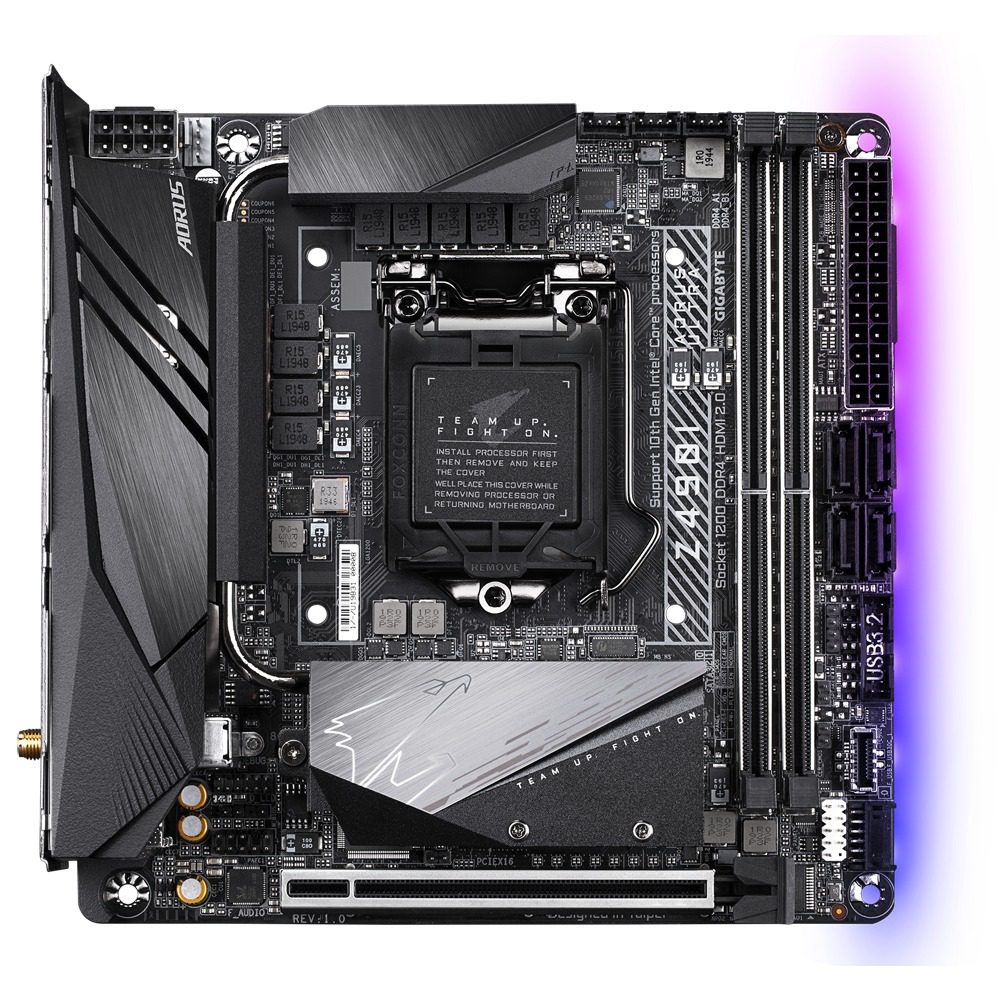Table of Contents
Why you need this article
A number of users are reporting complete loss of network connectivity or similar networking issues. Intel's i225 (code name Foxville) family of 2.5 Gbps wired Ethernet controllers have a design flaw that affects performance and stability. The Ethernet controller i225 is used on a large number of LGA1200 motherboards for the Comet Lake S processors.
This article will explain what is happening and provide the current solution.
If you have any of the following hardware you will be affected:
- Intel i225-V (Intel 2.5Gbps network controller)
- Gigabyte Z490I
- ASUS Z490
- MSI Z490
The hardware
The issues stem from an irregular interpacket gap (IPG) in conjunction with the IEEE 2.5 BASE-T standard.
The interpacket gap is the time interval between two packets being sent. When sending Ethernet packets, this is generally 96 bit times (the time it takes to transmit 96 bits of data over the medium); when receiving, there are different wait times depending on the speed. For Gigabit Ethernet, it is a minimum of 64 bit times (8 bytes), for 2.5GbE, 5GbE, or 10GbE, it is a minimum of 40 bit times (5 bytes).
Intel's network hardware testing has identified significant packet loss which can reduce the data rate by 1Mbps to 10Mbps. From a numerical perspective, the packet loss is limited and generally causes very little interruption, but it is certainly not desirable.
Currently, Intel has only confirmed the error in relation to a small number of switches/routers, but users are reporting problems beyond those devices, so there is no guarantee that you won't be affected if you don't use the devices listed in the image above. There are no security implications, but speed, stability, and reliability are equally important.
Intel’s Response
According to Intel the only way to completely eliminate the issue is with a hardware fix on their end. They did resolve the issue in Q3 2020 but any devices manufactured before then will use i225-V instead of the new and improved i225-V2. We have identified a workaround that is detailed below.
Solution
If your hardware matches and you are experiencing network connection loss or performance degradation, don't fret! You don't need a new Ethernet controller or a new router. In our testing, uninstalling the existing Intel network controllers from the Device Manager then restarting the system forces Windows to pull the correct driver directly from Microsoft.
Performing this 'reinstall' resolves the loss of connection issues and has worked great for all our customers.
1. Click Start in the bottom left corner
2. Type Device Manager and select the first option
3. Once Device Manager opens, expand the Network adapters section and select Intel(R) Ethernet Connection I225-V
4. Right click your selection and click Uninstall device
5. Restart your system. As the system comes back to Windows, it will automatically download and install the necessary drivers.
Great work. All should be resolved!
Wrap Up
A number of users have experienced performance and stability issues with the Intel i225-V network controller. Intel has acknowledged the issue and has since corrected it with i225-V2 on all current motherboards, but if you have a system with an i225-V controller you may run into issues. This article guides you through the process of solving it with a simple driver reinstall. Hopefully you found this article useful.
Need help with your Puget Systems PC?
If something is wrong with your Puget Systems PC, we are readily accessible, and our support team comes from a wide range of technological backgrounds to better assist you!
Looking for more support guides?
If you are looking for a solution to a problem you are having with your PC, we also have a number of other support guides that may be able to assist you with other issues.
